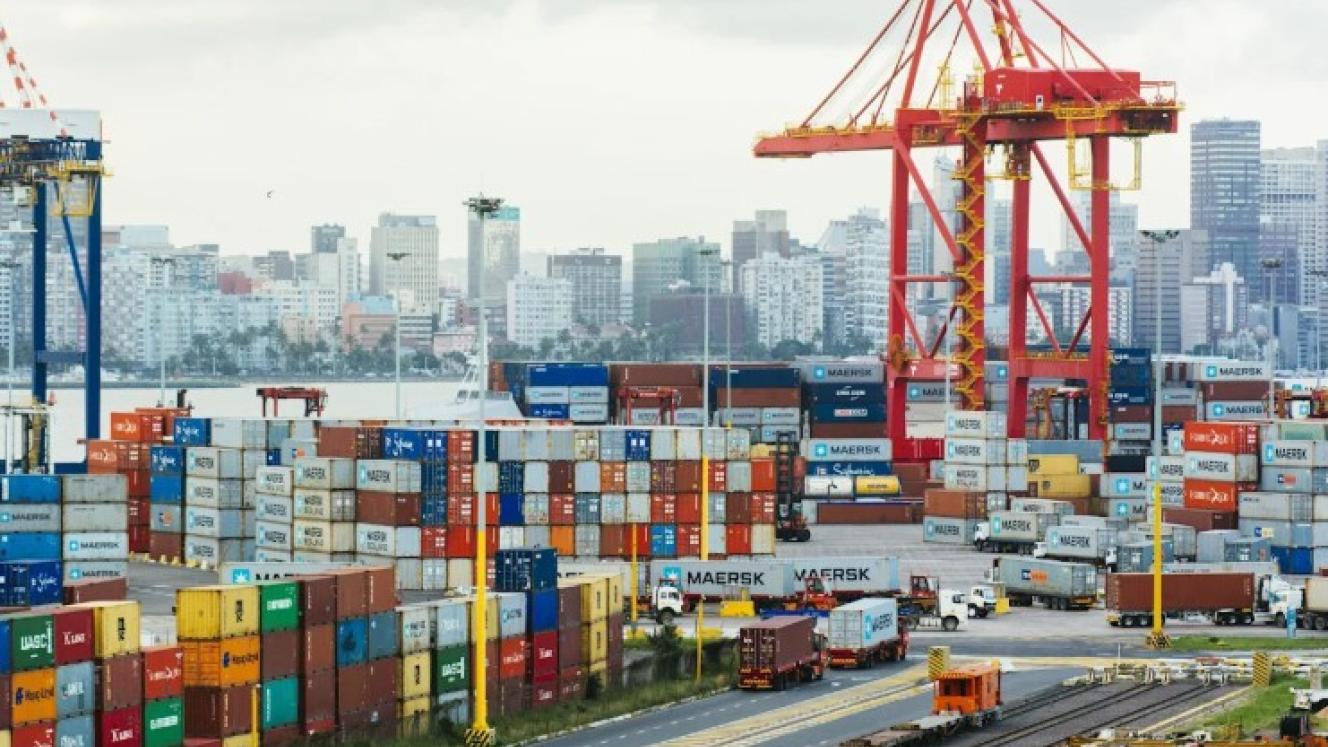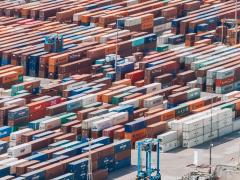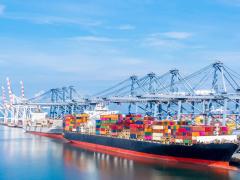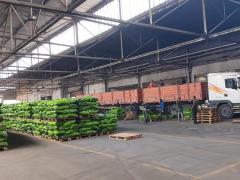Warehousing is on an unmistakable upward curve thanks to fierce competition in the e-commerce sector, says storage and related systems specialist Martin Bailey.
The changes that we’re seeing locally are also well below global activity levels considering that South Africa’s cyber shopping sector is only about 10% of market value, adds the chairman and CEO of Industrial Logistics Systems (ILS).
In comparison, countries like the UK are sitting at 20% of market value and South Korea, the most e-com active country in the world, is at 45%.
Commenting on news earlier this month that Chinese cyber goods disruptor, Temu, has implemented a “local fulfilment” strategy centred on warehousing development in South Africa, Bailey says it’s in response to import duties that came into effect on 1 July.
Previously, the platform benefited from the de minimis tax exemption, whereby the South African Revenue Service allowed imports under R500 to pay only a flat 20% customs duty with no VAT.
Now, all clothing imports, including those below R500, must pay the full 45% import duty plus 15% VAT, matching the rates paid on larger shipments.
With the playing fields now level between local online platforms and competitors like Temu, it’s game on as e-com concerns go toe to toe through warehousing sophistication.
Most noticeable are new storage complexes going up everywhere, Bailey says.
“Takealot has five big warehouses now, but it’s not just storage size that’s important but the ability to meet and match immediacy expectations.”
Bailey says there’s no mistaking the impact that the Covid pandemic had on shopping behaviour, and how this has filtered down to inventory methodologies constantly changing.
“People don’t want to wait for what they’re ordering. They want what they see and they want it now. So, if you have a warehouse but you don’t have the capacity to pick and deliver at speed, you’re fighting a losing battle.”
Once again turning to Takealot, he says the company runs something like 600 product lines, “and there’s no way you can afford to be slack about that”.
“More competitors on the scene like Checkers Sixty60 has changed the game. Customers want wider selection and have become fussier about delivery timelines.”
Bailey also mentions – and not for the first time by someone in his field – that South Africa is lagging worldwide automation trends in the storage sector.
“Robots are getting cheaper and we see more of them on warehouse floors. I think it’s Ernst & Young who predicts that within the next 10 years there will be a hundred million robots in the US alone.
“That’s driven by warehousing demand and affordability. If you want to believe Elon Musk, he says that tech prices will eventually decrease to 10% of what they currently are.”
As an added element to what’s happening in warehousing, Bailey says automation is also filtering down to last-mile delivery dynamics.
Will the courier competency of e-commerce eventually have the same aspect of warehouse floors, where robots appear to be taking over from human involvement?
“I don’t know,” says Bailey, reluctant to venture into a conversation about job losses relative to automation.
“All I know is that things are changing fast and the world is changing around it.”













